Property Geek
We provide the actual and accurate information with unbiased user driven reviews to our viewers, to help them see the best and find the best!
View posts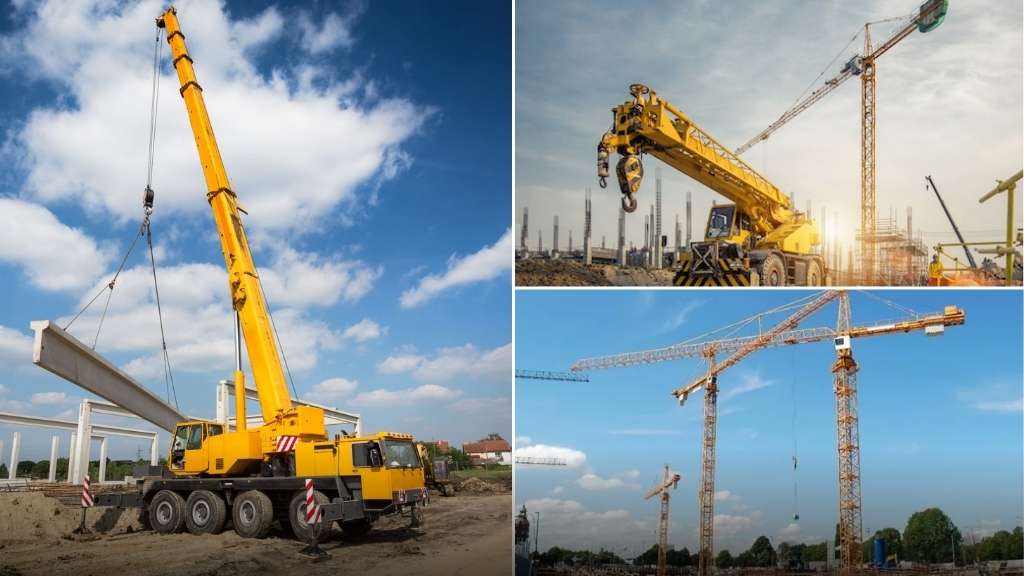
Cranes are powerful machines designed for lifting and moving heavy loads, making them essential in the construction and industrial sectors. These machines come in various types, each with unique features and capabilities to suit specific lifting and material handling needs. With advanced safety features and the ability to handle a wide range of loads and materials, cranes play a critical role in improving efficiency and productivity, while also ensuring safe and reliable operation. If you are a construction geek, you might wonder how many types of cranes are used in construction.
Well, in this discussion, we will explore the different types of cranes, their features, applications, and how they are used in the construction and industrial sectors.

It is a smaller crane that is designed for indoor and outdoor use in confined spaces. It features a flat deck on top of the crane for transporting materials and equipment. The crane is equipped with an operator cab that can rotate 360 degrees, and it has a compact design that allows it to maneuver through tight spaces and narrow aisles. Carry deck cranes are commonly used in industrial and manufacturing settings, as well as for maintenance and repair work in buildings and facilities. These types of cranes can lift loads ranging from a few hundred pounds up to several tons.

A crawler crane is a type of mobile crane that is mounted on tracks, or crawlers, instead of wheels. The tracks provide stability and allow the crane to move over soft or uneven ground. Crawler cranes are often used in heavy lifting applications where stability is critical, such as in construction, mining, and offshore oil and gas operations.
Crawler cranes typically have a wide range of attachments and accessories that can be added to the boom, such as jibs, luffing jibs, and heavy-duty lifting slings. They are also equipped with advanced safety features, such as load moment indicators and automatic shut-off systems, to help prevent accidents and ensure safe operation.

A floating crane is a type of crane that is designed to be used on water. It is mounted on a barge or pontoon that floats on the surface of the water, and it is used for lifting and moving heavy objects on or near the water.
Floating cranes are mostly used in ports, harbors, and other waterways for loading and unloading cargo from ships and barges. They can also be used for construction projects that are located near water, such as bridge building or offshore oil and gas operations.
Floating cranes are highly maneuverable and can be positioned in a variety of locations on the water, making them ideal for lifting and moving heavy objects in tight spaces or areas with restricted access.

A rough terrain crane is a type of mobile crane that is designed to operate on rough, uneven terrain. It typically features a four-wheel drive and steering system, along with large, heavy-duty tires that are capable of handling rough terrain, including rocks, mud, and other obstacles.
Rough terrain cranes are commonly used in construction projects that are located in remote or challenging locations, such as mining sites, oil and gas fields, and infrastructure projects in mountainous or desert regions. They are also commonly used in off-road construction sites, such as for building bridges or highways. Rough terrain cranes are available in a range of sizes and lifting capacities, from small cranes that can lift a few tons to large cranes that can lift several hundred tons.

A truck-mounted crane is a type of mobile crane that is mounted on a truck chassis. The crane is typically mounted behind the cab of the truck, and it can be operated from the cab or from a remote control unit.
Truck-mounted cranes are commonly used in a wide range of construction and industrial applications, such as for building construction, bridge construction, and infrastructure projects. They are highly versatile and can be used to lift and move a wide range of materials and equipment, including steel beams, prefabricated components, and heavy machinery. Also, truck-mounted cranes are highly maneuverable and can be driven to the job site, eliminating the need for additional transportation.
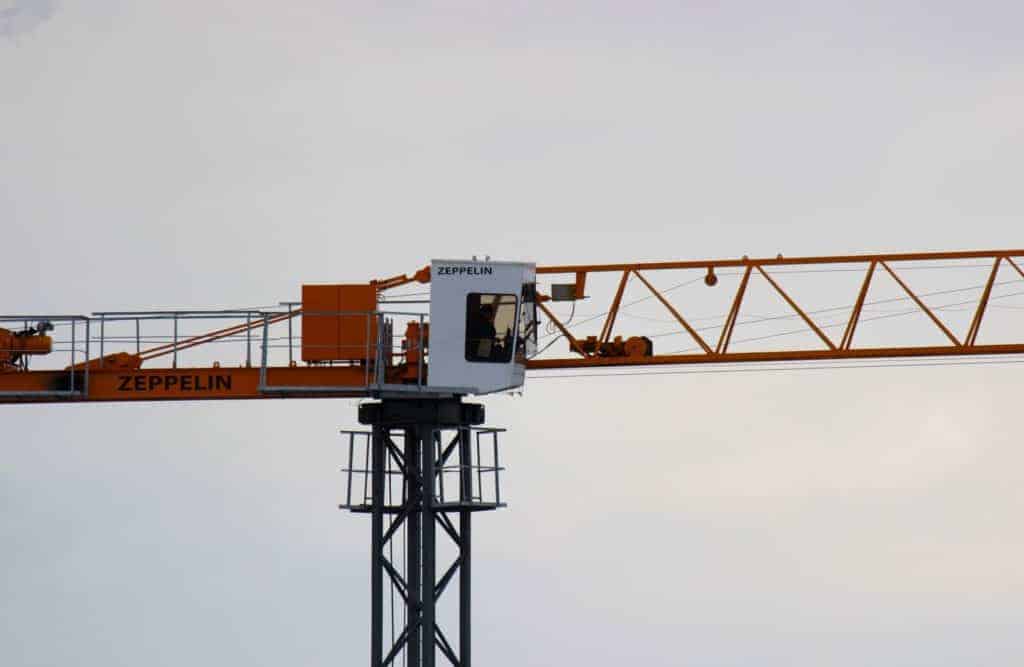
Fixed cranes are cranes that are permanently installed or fixed in one location, such as on a building or a large structure like a bridge or a dam. Unlike mobile cranes, fixed cranes cannot be moved to different locations but offer greater lifting capacity and stability.
There are two other types of fixed cranes such as tower cranes and gantry cranes:
Fixed cranes offer several advantages, including greater lifting capacity, stability, and efficiency for lifting heavy loads in a fixed location. However, they require significant planning and engineering to install, and they cannot be easily relocated to different job sites.
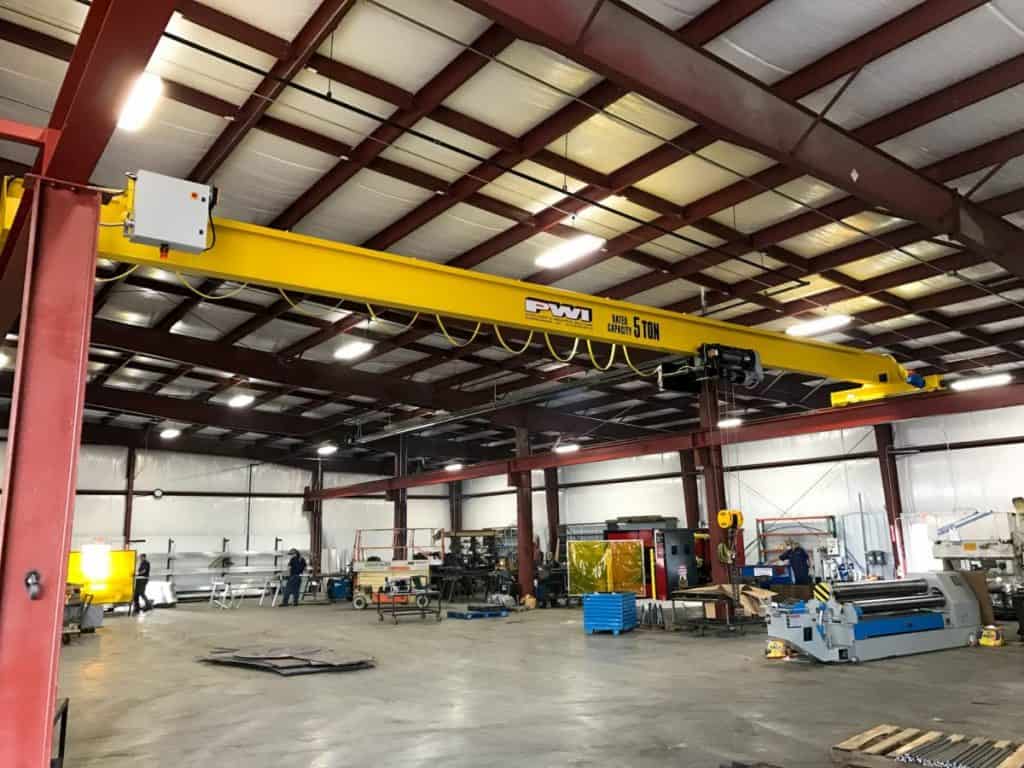
A bridge crane, also known as an overhead crane, is a type of fixed crane that is suspended from a structure such as a ceiling or a roof. It is commonly used in industrial settings such as factories, warehouses, and shipyards to move and lift heavy materials or equipment.
Bridge cranes consist of a horizontal beam, called a bridge, that runs along two parallel rails mounted on either side of the work area. The bridge is equipped with a hoist and trolley system that moves along the length of the bridge, allowing the crane to lift and move heavy objects to different locations within the work area.
Bridge cranes can be operated manually or by a remote control unit, and they come in a variety of sizes and lifting capacities, ranging from small cranes that can lift a few hundred pounds to large cranes that can lift several hundred tons.
Bridge cranes offer several advantages over other types of cranes, including the ability to cover a large area and lift heavy loads to great heights. They are also highly efficient and can be operated with minimal human effort, reducing the risk of accidents and injuries. Additionally, bridge cranes are highly customizable, and can be designed to meet the specific needs and requirements of a particular work environment.
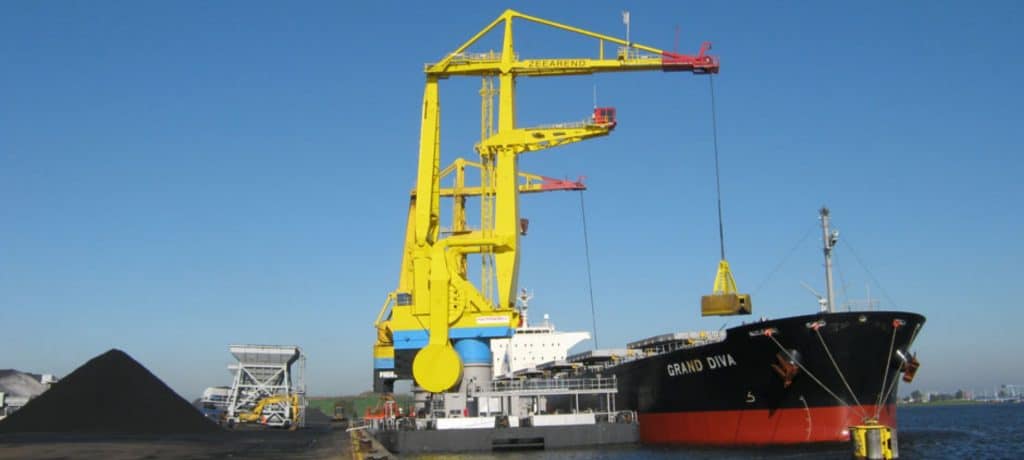
A bulk-handling crane is a type of crane that is specifically designed for lifting and moving bulk materials such as coal, grain, ore, or other loose materials. They are commonly used in ports, shipyards, and other industrial settings to load and unload cargo ships, barges, and other vessels.
Bulk-handling cranes come in several types, including:
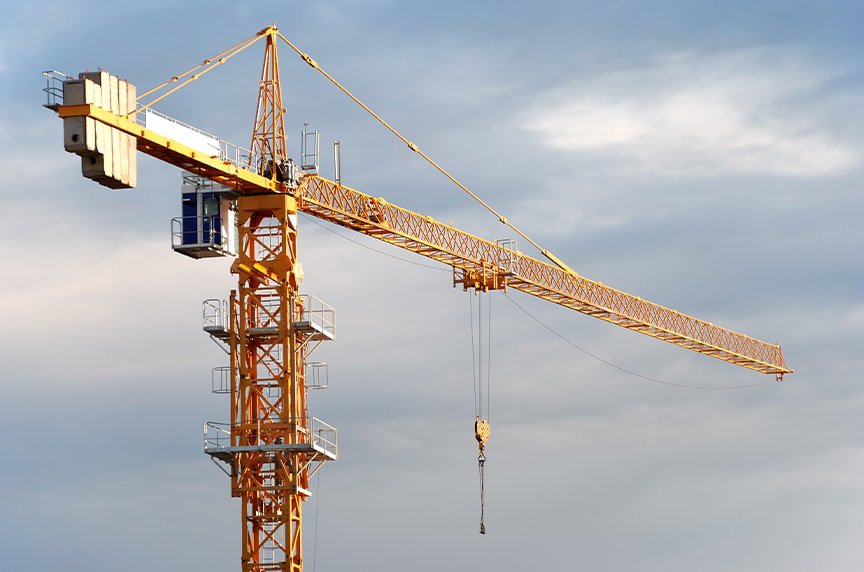
A hammerhead crane, also known as a single tower crane or a flat-top tower crane, is a type of tower crane that is widely used in the construction industry. It gets its name from the shape of its jib, which resembles the head of a hammer.
A hammerhead crane consists of a vertical tower or mast that is anchored to the ground with a concrete foundation. The jib or horizontal beam of the crane is attached to the top of the tower and extends out horizontally. The crane is equipped with a trolley and hoist system that moves along the length of the jib, allowing the crane to lift and move heavy objects to different locations within the construction site.
Hammerhead crane has a high lifting capacity, which can range from several tons to over 10 tons. They are also highly versatile and can be used for a wide range of construction projects, including the construction of tall buildings, bridges, and other large structures.
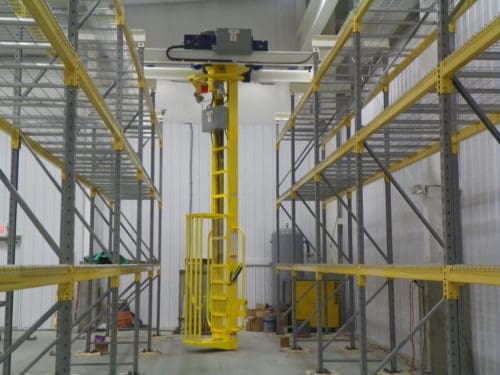
Stacker cranes are an essential tool in modern warehousing and logistics operations, and their ability to automate the storage and retrieval of goods helps to improve efficiency and reduce costs. They are typically used for storing pallets, containers, or other large items in high-density storage systems.
A stacker crane consists of a vertical mast or tower that is mounted on a mobile base. The mast is equipped with a horizontal carriage that can move along the length of the mast. The carriage is equipped with a lifting mechanism, such as a fork or a platform, which can be raised or lowered to lift and move pallets or containers.
Stacker cranes are highly automated and are often controlled by a computerized system that directs the movement of the crane and the storage and retrieval of goods. They are capable of storing and retrieving goods from multiple levels of storage and can move goods to different locations within the warehouse or distribution center.
Stacker cranes reduce the need for manual labor and improve productivity. They are also highly customizable and can be designed to meet the specific needs and requirements of a particular warehouse or distribution center.

A telescopic crane is a type of mobile crane that uses a telescoping boom to extend or retract its length. The boom consists of several nested sections that can be extended or retracted hydraulically or mechanically, allowing the crane to reach different heights and distances.
Telescopic cranes are highly versatile and are used in a wide range of construction and industrial applications, including building construction, bridge construction, power line maintenance, and oil and gas drilling operations.
One of the main advantages of telescopic cranes is their flexibility in reaching different heights and distances without the need for additional extensions or attachments. They are also highly maneuverable and can be driven to different locations within a job site, making them ideal for use in tight spaces or on uneven terrain.
Telescopic cranes are available in different sizes and capacities, ranging from small portable cranes that can lift a few hundred pounds to large cranes capable of lifting many tons. They are also equipped with advanced safety features such as load moment indicators and outrigger systems that help to prevent accidents and ensure safe operation.
In this blog, we answered how many types of cranes are used in construction. Cranes are a crucial component in the construction and industrial sectors, providing a safe and efficient way to lift and move heavy objects. From small portable cranes to large heavy-duty cranes, different types of cranes offer unique features and capabilities to suit specific applications. Whether it’s building construction, bridge construction, power line maintenance, or oil and gas drilling operations, cranes play a critical role in various industries, improving efficiency, productivity, and safety.
One of the widely used types of cranes in construction projects is the hammerhead crane. This crane features a horizontal swiveling lever that rests on a fixed tower. The trolley, which holds the load, is situated at the forward end of the lever and is counterbalanced by the extending backward part of the lever.
The strongest type of crane is the gantry crane. This crane is designed to lift and move extremely heavy loads, typically ranging from 10 to 200 tons or more. Gantry cranes are often used in shipyards, construction sites, and factories, where they provide a high lifting capacity and versatility for lifting and moving heavy materials, equipment, and machinery.
There are several types of cranes used in construction and industry, including mobile cranes, tower cranes, crawler cranes, floating cranes, rough terrain cranes, truck-mounted cranes, fixed cranes, bridge/overhead cranes, bulk-handling cranes, and telescopic cranes. Each type of crane has its own unique features and capabilities, making them suitable for different applications and lifting requirements.